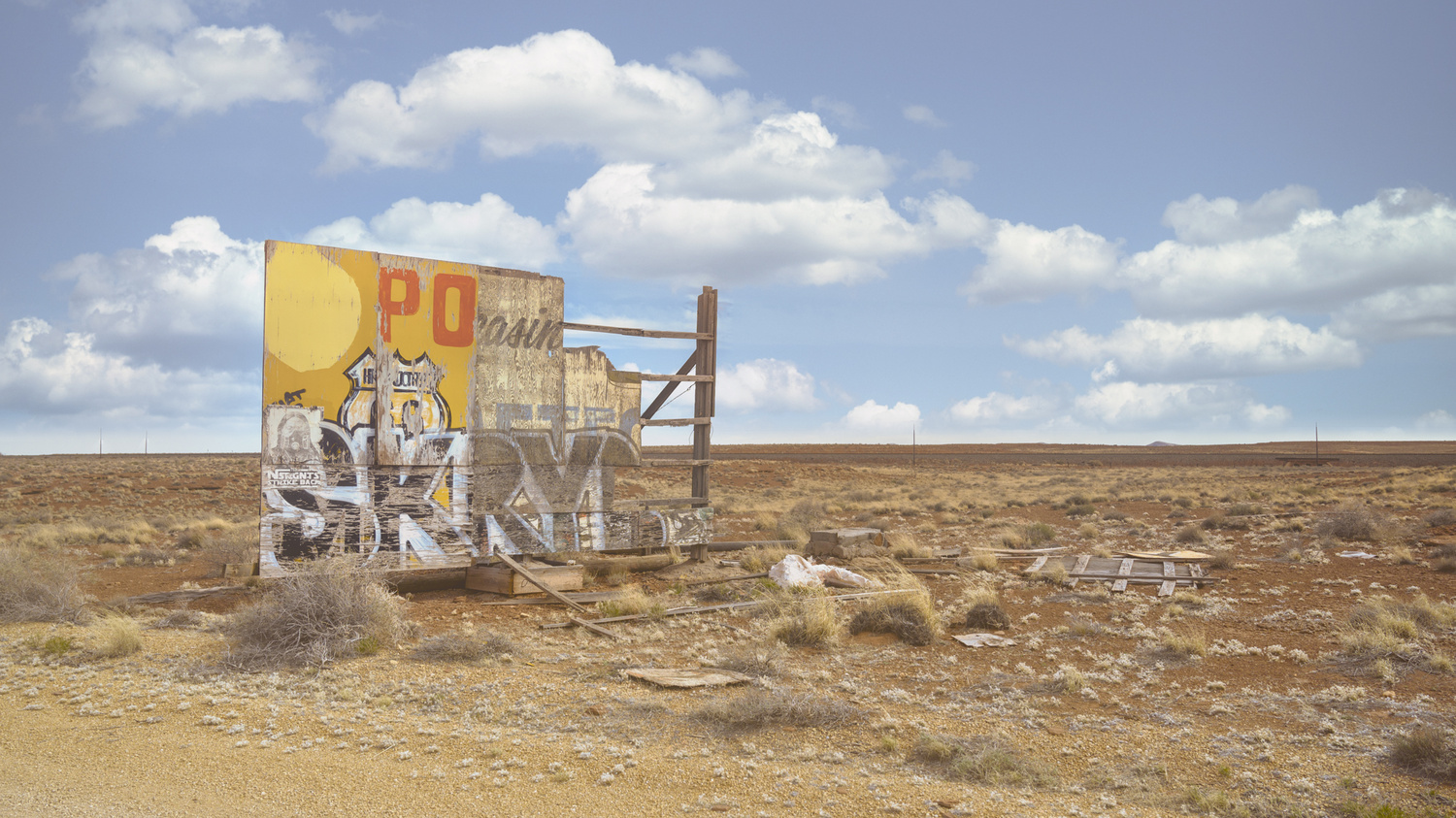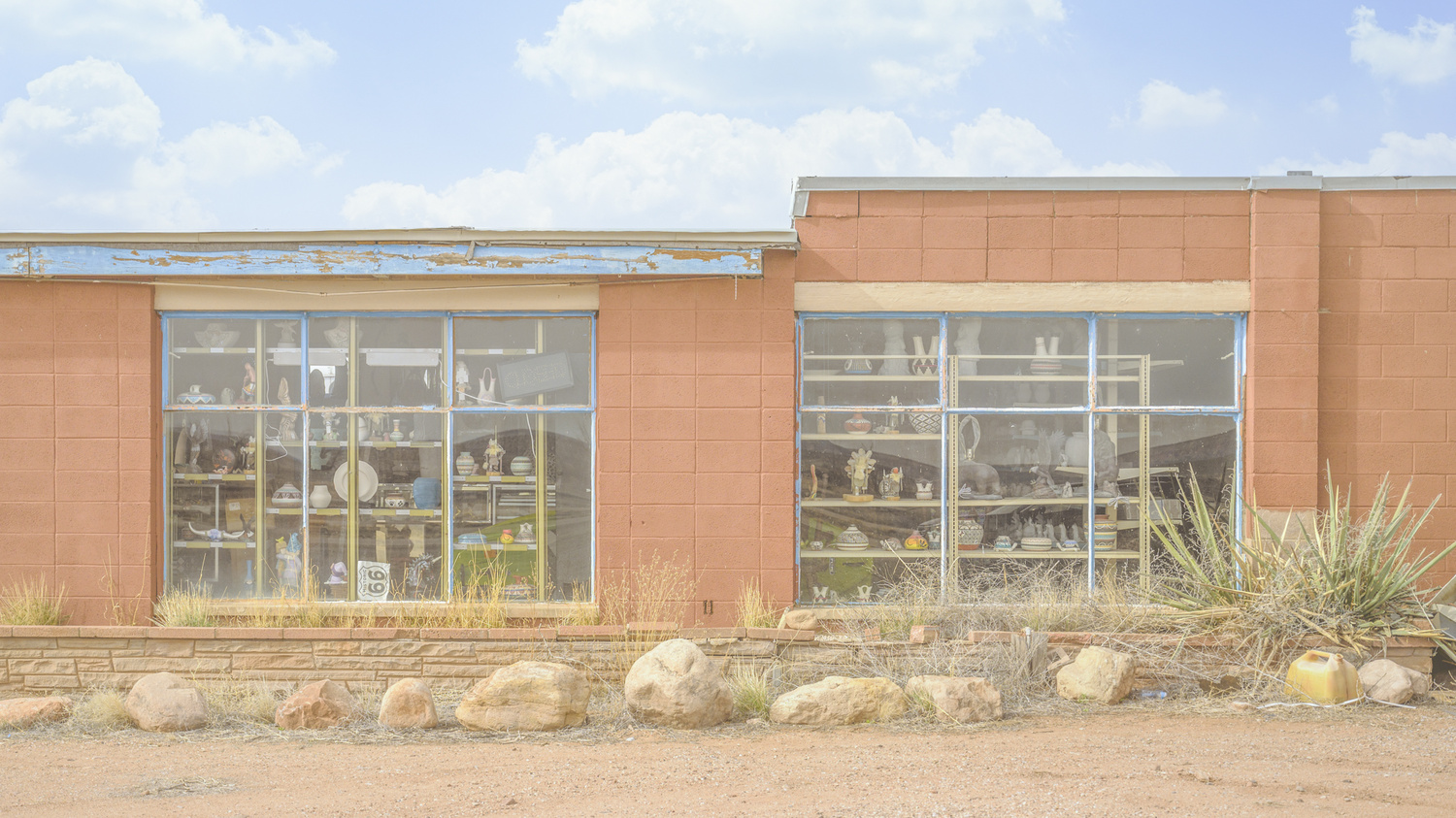With the most recent announcement of the Sony RX1R III, the scarcity of the Fuji X100VI, and the popularity of the Leica Q, are we seeing a renaissance of the small compact camera?
Once considered merely as a backup or hobbyist camera, small compact cameras have now attracted the attention of both professional photographers and enthusiasts. Manufacturers like Fuji, Leica, Sony, and Ricoh are leading a new and popular generation of these cameras. This revival isn't just driven by nostalgia; it is motivated by practical needs and creative benefits, signaling a shift in the photography landscape.

The Compact Camera Decline
In the mid-2000s, smartphone cameras started to dominate, offering hobbyists a quick, easy way to snap a photo. Many professional photographers soon realized the impact mirrorless cameras would have, and the small compact camera began to seem limited. The need for it declined. Over time, these cameras fell out of popularity, though a few remained beloved by documentary and street photographers.
What Sparked the Comeback?
The camera that once fell out of favor with many photographers has started making a ferocious comeback. But why? There are several reasons these cameras are seeing a resurgence in popularity with photographers. Creative constraints would be a big turn-off for some, but photographers are taking this in stride. Having a camera with a fixed lens, like the Fuji X100 series or the Ricoh GR, makes photographers think more deliberately. No longer are there so many things to think about during the photographic process, and these cameras are taking you back to the basics of photography: shutter speed, aperture, and ISO, along with creating meaningful images. These cameras are also helping with spontaneous creativity as well as portability. No longer do you have to lug around a bag of gear. One can now pick up a small camera with a robust set of features and a small footprint to carry, ultimately everywhere.
Technology has advanced in these cameras, allowing photographers to use larger sensors, such as full frame and APS-C, in a small, compact body for easy portability and high image quality. The fixed lens, once seen as a constraint, is now revered as a creative tool. Still, mostly, these cameras are being equipped with high-quality glass, giving photographers exquisite image quality, like the Leica Summilux on the Leica Q series. These cameras also feature innovative elements such as leaf shutters, built-in ND filters, tactile dials, and thoughtful design, making them more appealing to a wide range of photographers.
Photographers’ values are also changing, and over the years, they have evolved into wanting more from their cameras than just fast autofocus and sharp images. Photographers are now valuing cameras that offer portability and style as well as advanced feature sets. Minimalist shooting has become more popular over the last several years: one camera, one lens, and less baggage.
The Rise of Film Aesthetics and Street Photography
These small and compact cameras align with many aspects of street photography. Street and documentary photographers prize discretion and agility that, in the past, digital single-lens reflex cameras did not offer. Finally, some cameras fit the bill for these photographers and their work. The rise of the film aesthetic being applied to digital images has also grown tenfold. Traditional film photography does not fit the budget for many photographers. However, they still want that film look, just applied to their digital images, with the cost of film for developing and scans averaging $20.00 a roll from a professional lab. The allure of these cameras is grabbing the attention of photographers, especially the Fujifilm X100 series.
Who’s Using Them, And Why
- Professional Photographers in Public Spaces: Nowadays, photographers aim to be quiet and discreet in public spaces. These days, with the value of camera gear and the general public seeing photographers as creepy weirdos with ill intent, it's not uncommon. Being discreet is the ultimate goal.
- Travel and Content Creators: In today’s world, with airline carry-on and weight limits, along with fast-paced schedules for social media, these cameras are the ultimate camera for these photographers, packed with quality and features.
- Photojournalists and Documentary Photographers: Being discreet is the ultimate goal for these photographers; blending in is the name of the game and is more critical than megapixels.
- Event and Wedding Photographers: For these photographers, the use of compact cameras allows for candid photos and unique angles due to the small compact form factor these cameras provide.
Top Compact Cameras Leading the Charge
- Fujifilm X100VI
- APS-C sensor, fixed 23mm lens, built-in ND filter, Fuji colors.
- Cult following. Always backordered.
- Ricoh GR III
- True street photography staple.
- Highly portable, ultra-sharp, fast-to-shoot.
- Leica Q3
- Full frame sensor, gorgeous 28mm lens.
- Luxury, yes—but also stunning image quality and color science.
- Sony RX1R III
- High-performance, full-frame, compact camera with a fixed 35mm f/2 lens. It's a premium camera featuring a 61-megapixel sensor, a built-in electronic viewfinder, and advanced autofocus capabilities, including AI-powered eye and subject detection.
Limitations Still Exist (But They Don’t Matter to Everyone?
-
No interchangeable lenses (except for rare exceptions).
-
Not ideal for telephoto or high-volume studio work.
-
Battery life can be limited.
-
Still a niche within the pro world — but growing.
Is This a Trend or a Shift in Mindset?
Compact cameras speak more to the philosophy of less gear, more presence. Many professional photographers realize that inspiration is not tied to gear when creating images. Compact cameras are not a gear trend, but they reflect a cultural return to simplicity and the image-creating process, where we are finally going back to the beginnings of photography.
A New Golden Age for Compacts
There is a new golden age in the photography world: the compact camera. These cameras offer photographers and creators creative freedom, portability, and pro-grade features, all resulting in high-quality images. While these cameras were put on the back burner several years ago, and their fate looked bleak, they are making a strong comeback due to the advancements in technology and the changing needs of photographers. It may not be about having the biggest gear, but having the right gear at the right moment. In the comments, are you considering adding the Sony or another camera to your kit?












For me, the camera is a tool like a screwdriver. And there is a suitable tool for every task. Or to put it another way: the compact camera is my Leatherman, the system camera my toolbox. It's that simple, without any further profound explanations.
It's good to see compact cameras making a comeback what would be even better is to have interchangeable lenses making for a much more versatile creative tool.
Whose pocket does the Q3 fit in?
AI pockets :-)